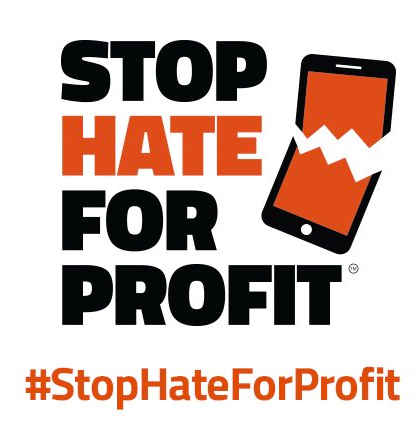 They made their point – loud and clear – and now what? Last month’s Facebook ad boycott, designed to force the social platform to better police their site for hate speech and disinformation, is waning. Some brands are coming back, if cautiously, while others are still undecided on their next steps.
They made their point – loud and clear – and now what? Last month’s Facebook ad boycott, designed to force the social platform to better police their site for hate speech and disinformation, is waning. Some brands are coming back, if cautiously, while others are still undecided on their next steps.
The boycott certainly sent a powerful social message – but did it make a big enough dent to truly force long term change? Perhaps not, according to Seb Joseph in Digiday.
“While the social network didn’t share its earnings for the full month during its latest earnings call last week, it reported ad revenue for the first three weeks of July were in line with the rest of its 2020 year-on-year ad revenue growth rate of 10%,” Joseph writes. “In other words, despite the slew of advertisers that made a fuss about pulling their ads, Facebook’s ad business will continue to thrive — even as some of its biggest advertisers keep away.”
In other words, losing millions of dollars from key advertisers for a month or so didn’t make much of an economic impact. Yet it did force the social giant to address the issues, and take measures to appease advertisers, Joseph notes.
“For example, it tightened measures to protect immigrants, migrants, refugees and asylum seekers from hateful ads targeted at them, and took the decision to label content as ‘newsworthy’ that otherwise would be removed for violating Facebook’s policies,” Joseph writes.
“While the value of these measures is debatable — as evidenced by the boycott’s organizers announcing their ‘disappointment’ at Facebook’s unwillingness to commit to concrete solutions for addressing hate speech and misinformation on the platform — the social network has seemingly done enough to appease some of its detractors,” he continues.
North Face was one of the first big names to publicly support the #StopHateForProfit movement … and they are one of the first big names to return to advertising on Facebook.
“We are encouraged by the initial progress and recognize that change doesn’t happen overnight,” noted an email statement to Digiday. “That’s why we will continue to engage in dialogue with Facebook to hold them accountable for the actions they plan to implement. We intend to resume our working relationship with Facebook and Instagram in August, but have joined our parent company, VF Corporation, and other VF brands to create a coalition that will hold regular check-ins with the Facebook team to continually evaluate their progress and determine on an ongoing basis if they are a partner and platform that upholds our values.”
Others are calling out the returning brands as being detrimental to enacting long-term change. Some in the industry think the real damage here is not to Facebook, but to the idea of brands being able to force change on an ad platform with the size and scope of Facebook.
“The loser is the social movement itself,” Bob Regular, CEO of ad tech vendor Infolinks, told Digiday. “Facebook proved they would not move very far and there’s not one leverage point that can deter them except mass humiliation — which is unlikely since they control the central messaging platform that can humiliate them.”
Maybe it’s just all too exhausting, trying to move mountains like this when there are so many mountains facing us all. Maybe it’s futile to believe that a company like Facebook can be swayed to “do the right thing” until failure to do so becomes a significant liability.
Either way, brands still risk their reputation by advertising where they have little to no control over where those ads appear; Facebook’s brand safety measures just don’t measure up, and the changes put into place recently are more expedient than foundational.
While advertising budgets sway in the wind, I believe it’s still a great opportunity to publishers to help ad partners find a safe harbor. As I’ve said before, it’s time for publishers to recognize their ability to become essential, to both their readers and their ad partners.
